The Kingdom of Egypt, established after the United Kingdom recognized Egyptian independence in 1922, marked a significant period in the country’s history. While the kingdom’s reign lasted until 1953, when the monarchy was abolished following the Egyptian Revolution of 1952, its impact on Egypt was profound.
During this time, although Egypt was technically independent, it remained under British military occupation, with the UK exerting considerable influence over the state. With the newfound independence, Sultan Fuad I ascended to the throne and assumed the title of King of Egypt.
Nevertheless, the British military presence and their sway over the country restricted the king’s powers. In an attempt to establish a stable government, a constitution was drafted and implemented in 1923, based on a parliamentary system. This move aimed to provide the Egyptian people with a voice in their governance.
In the midst of these political developments, the nationalist Wafd Party emerged victorious in the 1923–1924 election, paving the way for Saad Zaghloul’s appointment as the new Prime Minister. Zaghloul, a prominent nationalist figure, fought for Egypt’s independence and worked towards furthering the interests of his people. His tenure marked a significant shift in Egyptian politics, as he advocated for greater autonomy from British influence.
In 1936, the signing of the Anglo-Egyptian Treaty brought about a notable turning point in Egypt’s relationship with the United Kingdom. Under this agreement, British troops withdrew from Egypt, with the exception of the Suez Canal, a crucial strategic waterway. However, the treaty left the question of Sudan unresolved. The existing Anglo-Egyptian Condominium Agreement of 1899 stipulated that Sudan should be jointly governed by Egypt and Britain, with real power remaining in British hands. This arrangement proved contentious and continued to be a source of tension between the two nations.
Amidst these political developments, a collection of rare and captivating color photographs from 1937 offers a glimpse into the Kingdom of Egypt during this era. These photographs capture the essence of Egypt’s rich history, showcasing its majestic landscapes, bustling cities, and vibrant cultural heritage.
The images reveal the diverse tapestry of Egyptian society, from the bustling markets filled with traders and artisans to the magnificent architectural wonders that have stood the test of time. In these photographs, one can witness the grandeur of ancient Egyptian civilization juxtaposed with the modernity of the kingdom’s urban centers. The pyramids, the Sphinx, and other iconic landmarks stand as powerful reminders of Egypt’s glorious past, while the bustling streets of Cairo and Alexandria reflect the dynamism of its present.
Moreover, these color photographs shed light on the everyday lives of the Egyptian people. They capture moments of joy, celebration, and perseverance, painting a vivid picture of a society navigating the challenges and triumphs of the time. From families gathering for meals to children playing in the streets, these images offer a glimpse into the social fabric of the Kingdom of Egypt.
In conclusion, the Kingdom of Egypt, though constrained by British occupation and influence, witnessed significant political developments and a quest for independence during its existence. The rare color photographs from 1937 provide a captivating window into this era, showcasing the beauty, resilience, and cultural richness of Egypt. They stand as a testament to the enduring legacy of a nation striving for self-determination and preserving its unique heritage.
h/t: vintag.es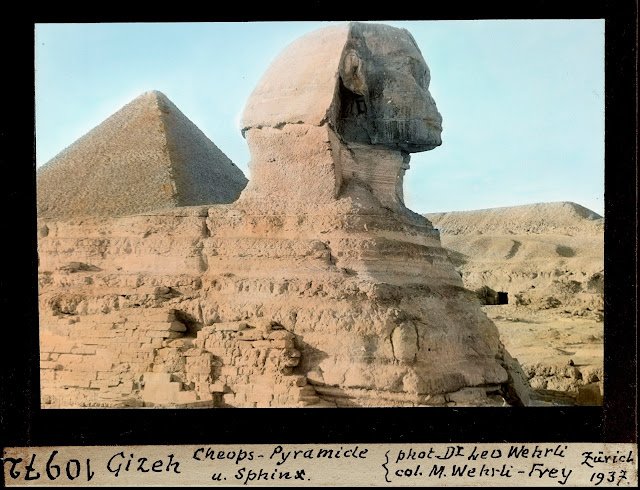






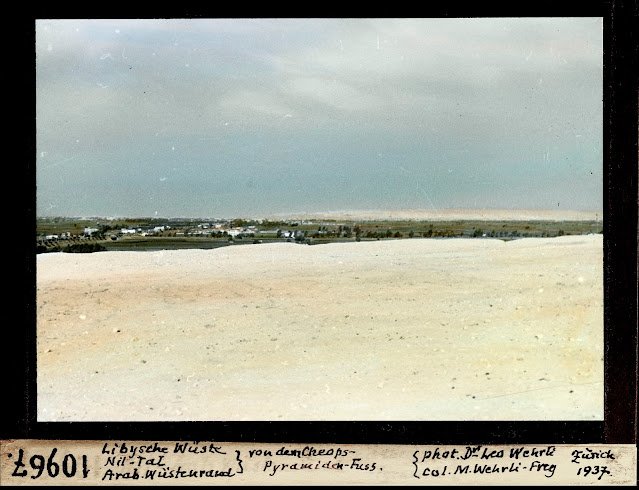

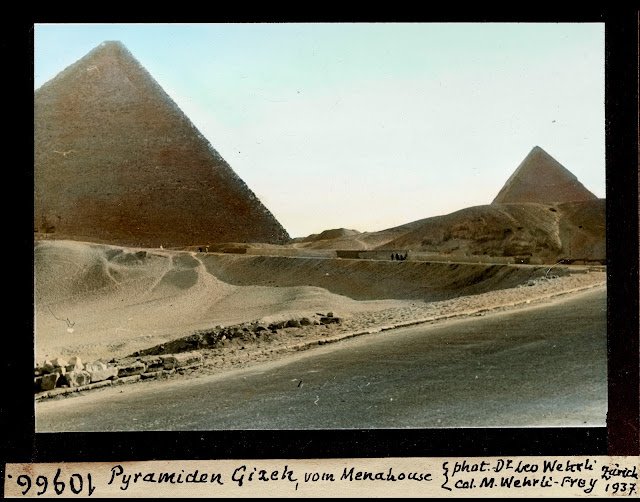
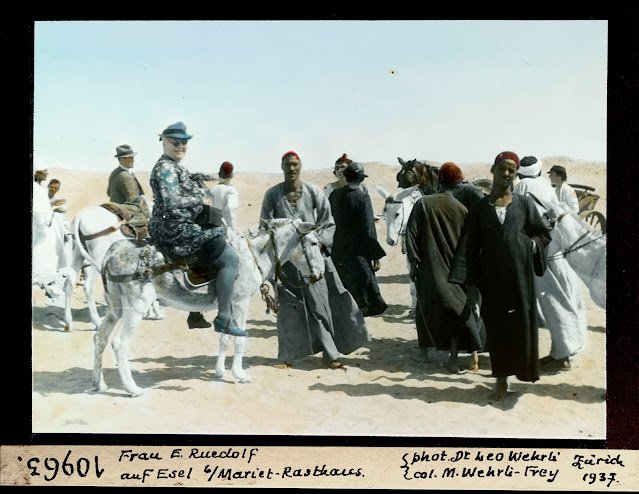






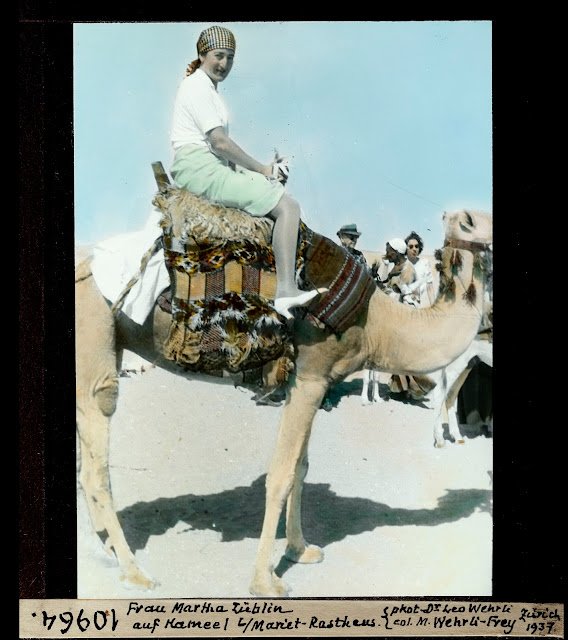




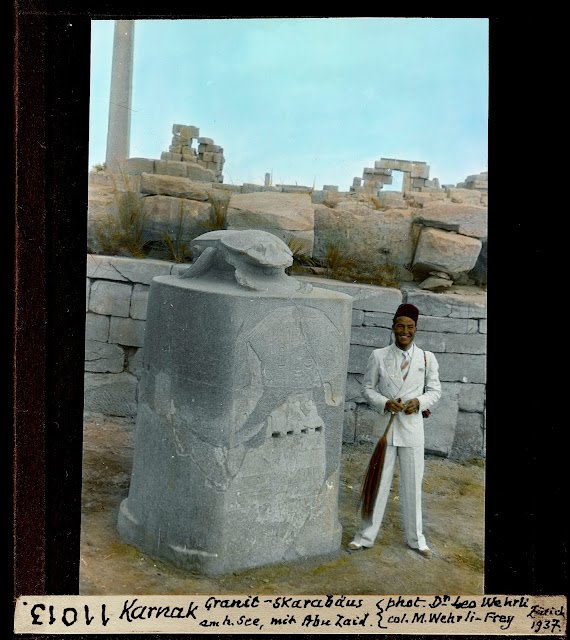

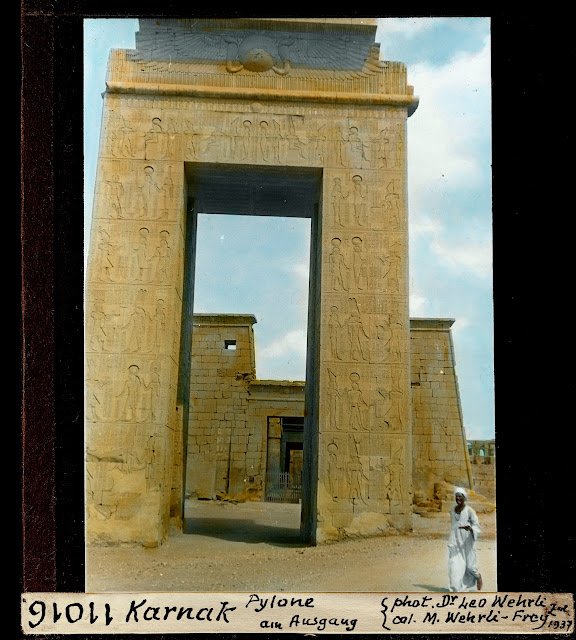







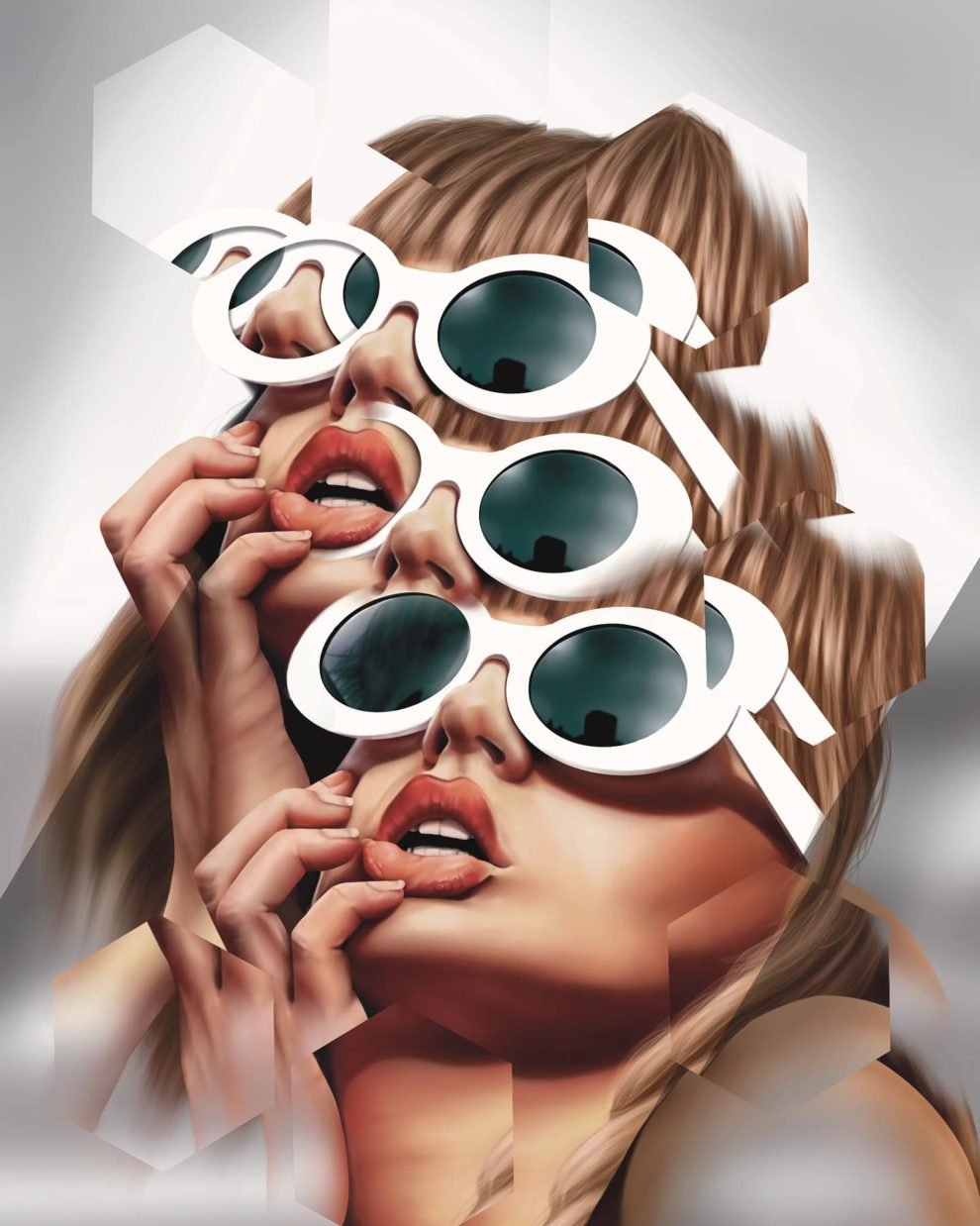


![[image] 170734](https://buzzbloq.com/wp-content/uploads/2024/06/1718715940_The-Superb-Tulle-Sculptures-by-Benjamin-Shine-raquo-Design-You.jpg)